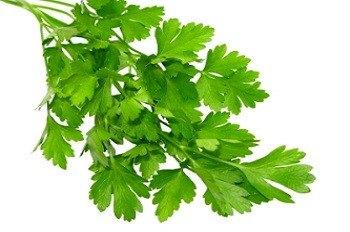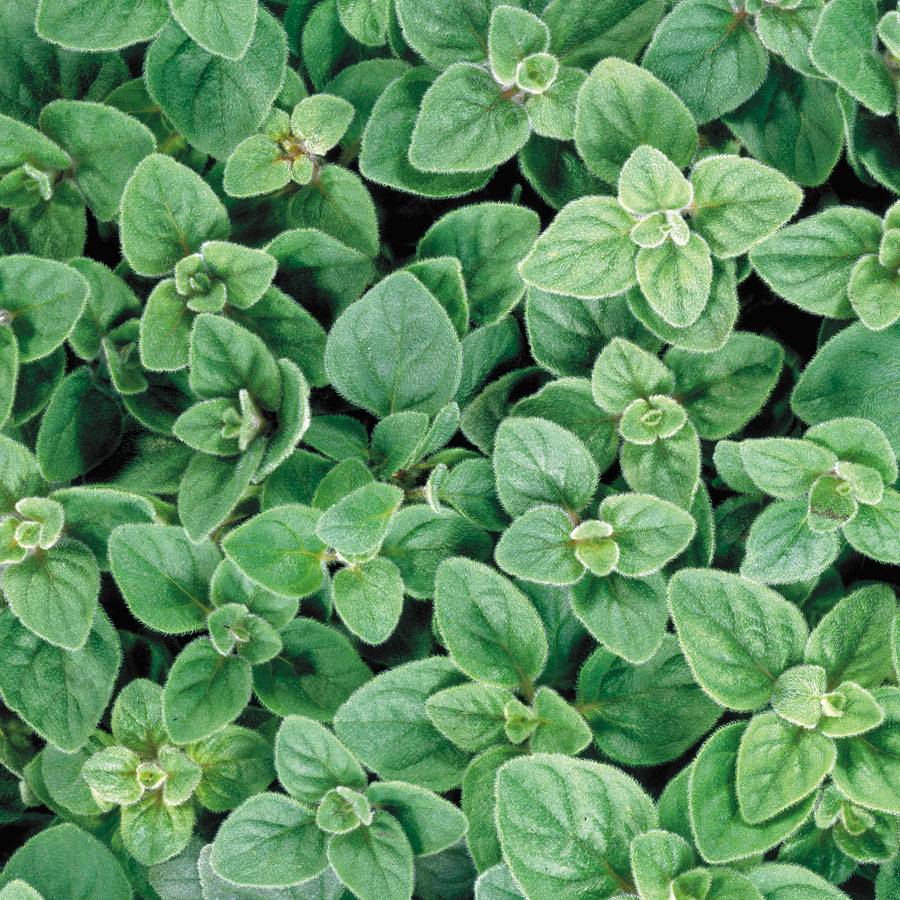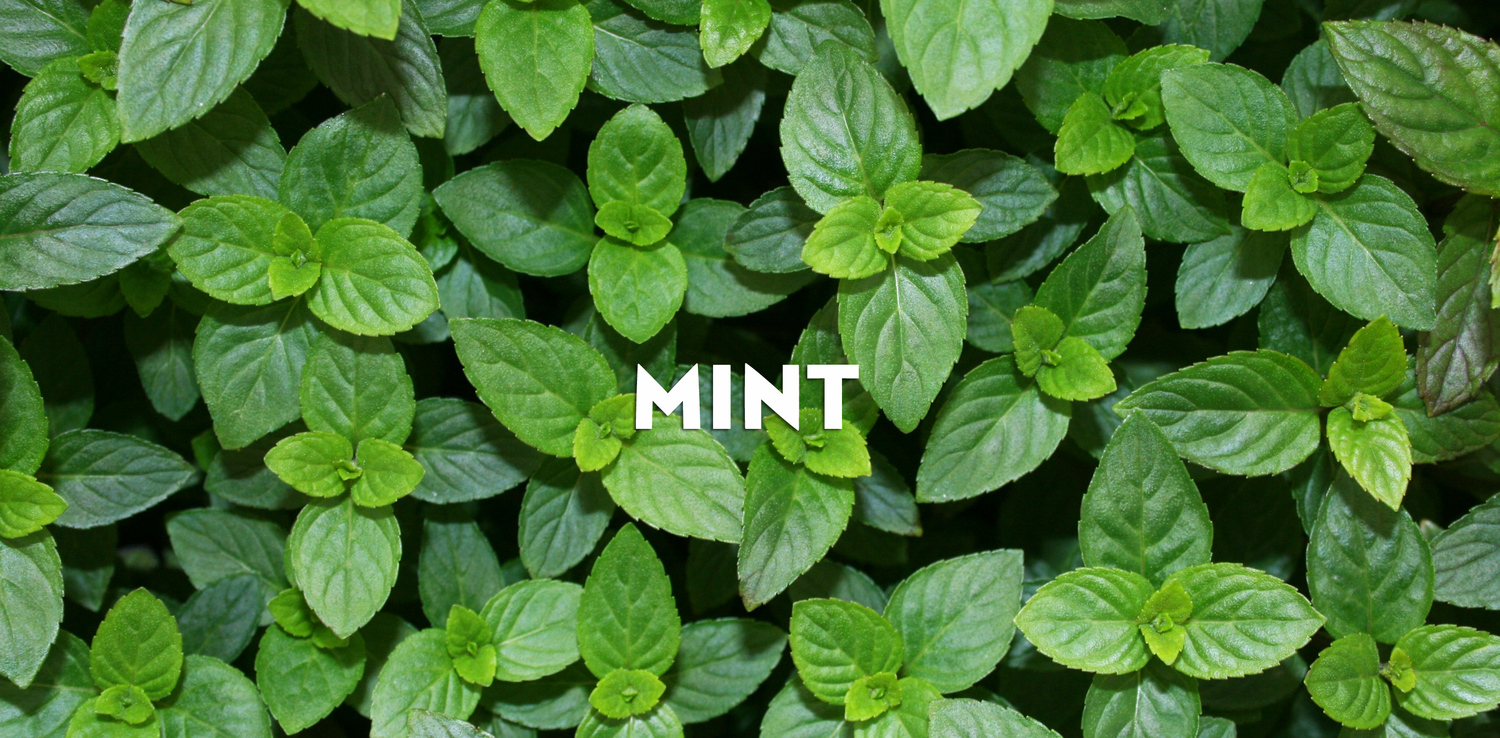By growing herbs in pots and planters, you can grow tender perennials, such as rosemary and flowering sages year-round. I just bring them indoors in the fall. In addition, container gardening is a good option for gardeners who have limited space or soil that doesn’t drain well or just want fresh herbs to use in the winter.
Start with good-quality potting soil, which ensures good drainage. Do not use ordinary garden soil, which does not drain well when used in a container. As with other plants in containers, herbs require regular watering and fertilization throughout the growing season. Mediterranean native, such as rosemary, can tolerate fairly dry soil between waterings. Other herbs with broader leaves need more attention to watering.
During the outdoor growing season, use liquid fertilizer at the rate recommended on the package. If you bring plants inside for the winter, they require much less fertilization; once a month is sufficient. Place in a sunny location.
My Top 7 List
Basil
A close relative to mint, basil has a floral anise- and clove-like flavor and aroma. There are two main types of basil: Sweet, or Genoese, basil and Asian basils. In Western cuisine, basil is most often associated with Mediterranean foods like pesto and tomato sauce. Sweet basil pairs naturally with tomatoes, but it can be used with almost every type of meat or seafood. Asian basil has a more distinct anise flavor and is often used in soups, stews, stir fries and curry pastes.
Parsley
One of the most common and versatile herbs used in Western cooking, parsley has a light peppery flavor that complements other seasonings. It’s most often used in sauces, salads and sprinkled over dishes at the end of cooking for a flash of green and a fresh taste. Flat-leaf or Italian parsley has the best texture and flavor for cooking. Curly parsley is best used only as a garnish.
Mint
Although more commonly associated with sweet treats, mint lends its cooling, peppery bite to plenty of savory dishes, particularly from the Middle East and North Africa. Fresh mint is perfect for summer-fresh salads, to liven up a sauce and or to brew fragrant teas. The cooling flavor is also used to temper spicy curries.
Rosemary
A tough, woody herb with a pungent flavor, rosemary’s spiky leaves can be used fresh or dried for long cooking in soups, meats, stews or sauces. Because the flavor is strong, it’s best to add rosemary sparingly at first and more if needed.
Thyme
One of the most popular herbs in American and European cooking, thyme can be paired with nearly any kind of meat, poultry, fish, or vegetable. To use fresh thyme, peel off as many of the leaves as you can from the woody stem by running your fingers along the stem. Particularly with younger thyme, some of the main stem or little offshoot stems will be pliable and come off with the leaves, which is fine.
Sage
Most people use dried sage once a year for their Thanksgiving stuffing, but there are many other delicious uses for this herb, particularly in dishes with pork, beans, potatoes, cheese, or in the classic sage and brown butter sauce. The flavor can be somewhat overwhelming — particularly with dried sage — so start off with a small amount and build on that.
Oregano
Dried oregano can be substituted for fresh but use half as much dried oregano as you would fresh since the flavor is more concentrated. Oregano can also be used as a substitute for its close cousin, marjoram.








